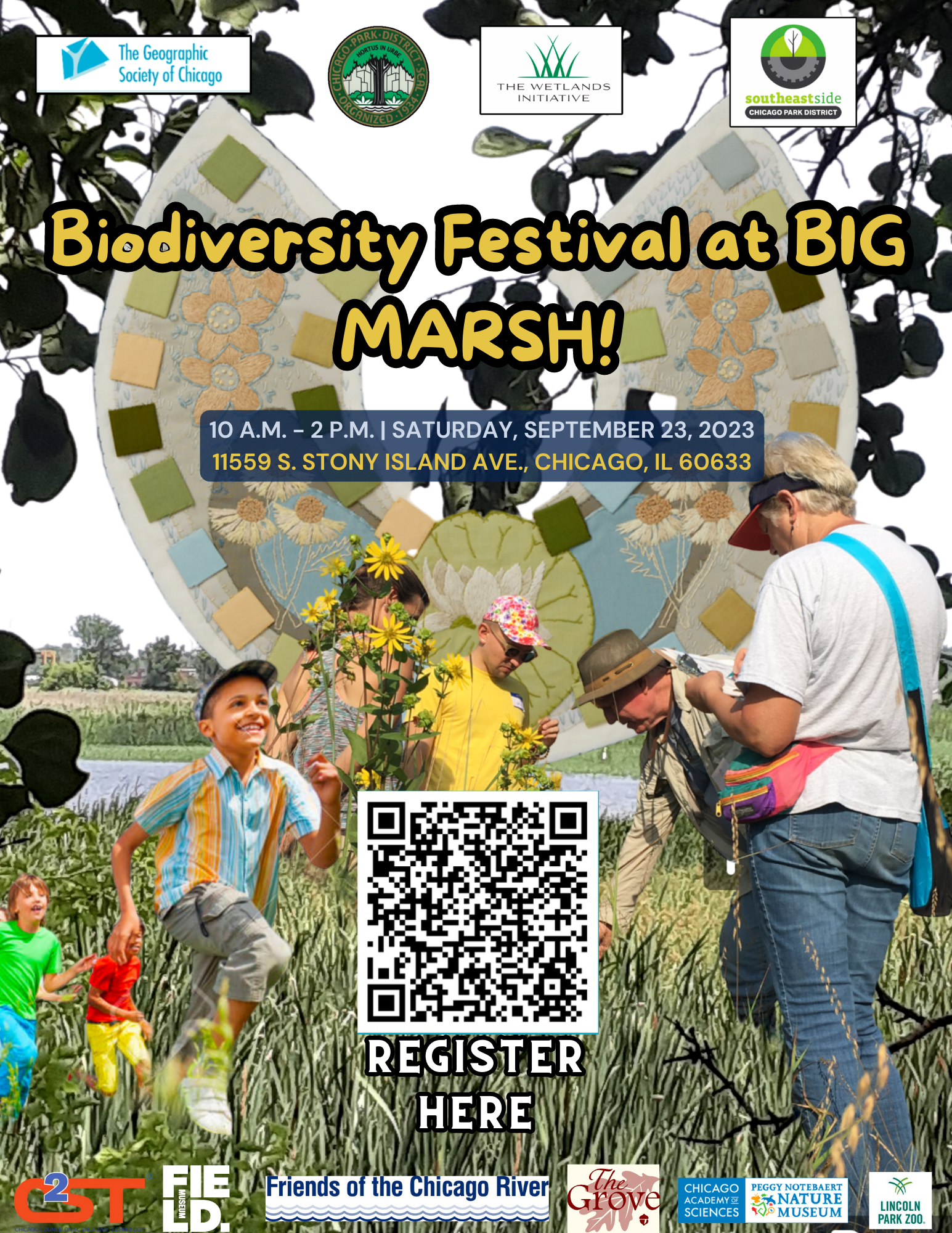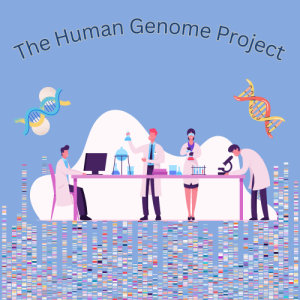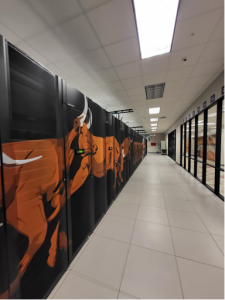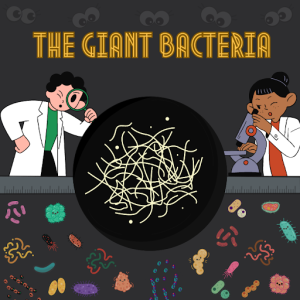Real-Time Monitor System in SDN via P4
By Yun Zi, Illinois Institute of Technology; This is a class project in IIT guided by Dr. Nik Sultana
In today’s interconnected world, networks play a vital role in enabling communication and data transfer between devices. Network interconnection devices refer to any hardware that connects different network resources, allowing these various devices to exchange information through different protocols and technologies. This enables the sharing and seamless flow of information among these devices, facilitating mutual connectivity and data exchange.




